Do you have small spots on the penis? How do they look like? Do they cause pain? The post shines a spotlight to enable learning more about what these spots on the penis could be. More importantly, do not be afraid to talk to a doctor or healthcare provider when you do not know what the spots are because they may not be always harmless.
Fordyce spots or granules

Fordyce spots are benign or harmless natural occurrences of superficial sebaceous glands or granules which are not associated with hair follicles. These spots are presently there on the skin as from birth but become more prominent (increase in appearance) during and especially after puberty.
- They are usually small pale red, skin-colored or yellow-white depending on where they are found.
- They are referred to as superficial sebaceous granules because they are visible on the skin surface but lack hair follicles
- Fordyce spots on shaft or head of the penis are non-STI, therefore, cannot be transmitted from an infected person
- They are harmless and have no symptoms – painless, do not itch or irritate
- They can be found on inner foreskin if you are not circumcised
- They may appear as brightly red on the penis glans and often be mistaken for
Signs and symptoms
Identifying Fordyce granules by appearance is easy since it do not cause any problem in terms of symptoms (asymptomatic).
- Fordyce spots on the shaft of penis or lip border (vermilion) measure 1 or 2 mm in size
- They are normally in multiples
- They are painless
- They do not cause itching or bleeding
For safety medical reasons it is recommended that you see a physician to help you identify and confirm they are Fordyce spots on penis head, shaft or lip.
Treatment for Fordyce granules on penis
Since they are harmless spots, Fordyce granules on the penis or genital area should not compel you get them removed or go for treatment. In fact, doctors do not recommend patients get any treatments unless there is an abnormality in appearance which may be due to a different problem.
Yeast infections
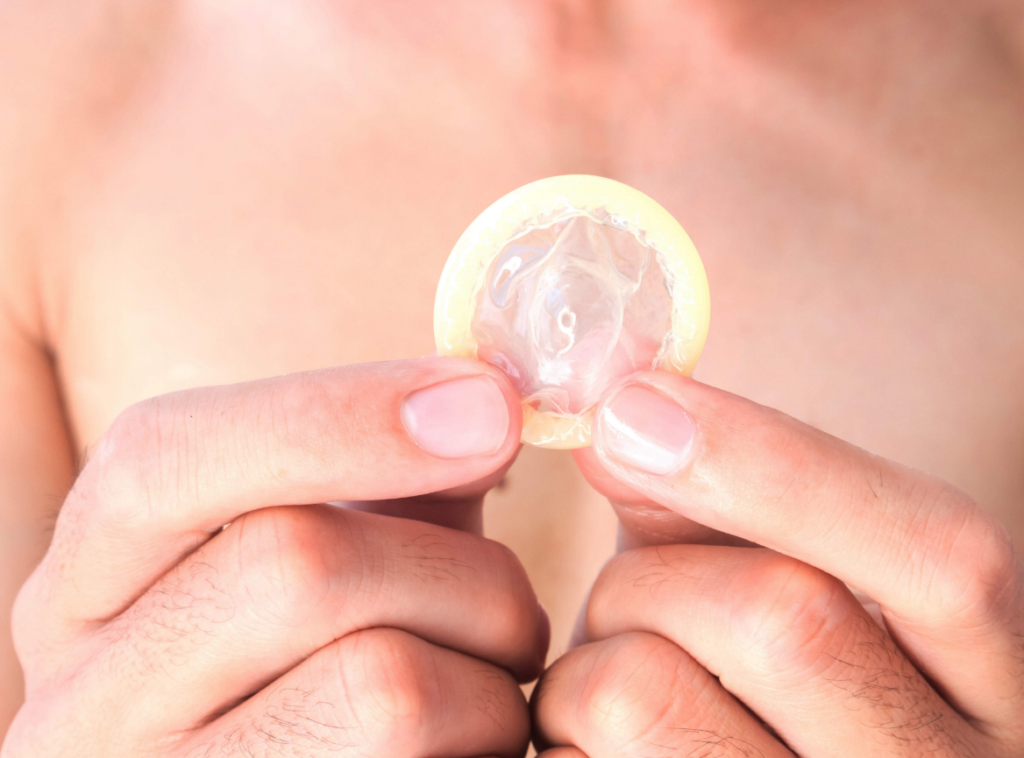
Can men have yeast infection symptoms? Although it is widely thought to be far less common male genital candidiasis or thrush is real.
Thrush (yeast infection) is caused by an overgrowth of a yeast-like fungus called Candida that lives naturally in warm moist places such as the mouth, bowel, vagina and the foreskin of the penis.
The overgrowth is due to a few factors which involve changes in normal or average body temperature, oiliness in the skin, health issues and other changes in lifestyle that favor candida (multiply hence thriving).
These include:
- Living in poor diabetic conditions including medication
- Prolonged use of antibiotics
- Living in warm, hot environments
- Increased sweating
- How candida transmission occurs
- Taking contraceptives
Signs and symptoms of genital candida
Interestingly, thrush or yeast infection can occur in the absence of symptoms. This implies that if you have an infection in such cases, the infection can be worse.
Here are some of the signs and symptoms.
- A red rash
- Sometimes the rash can present with whitish coating resembling cheese
- Men who are infected can itch the genitals
- For the uncircumcised, the foreskin could itch
NOTE: Ultimately, males both young and grownups have varying signs and symptoms. This is why it is highly, recommended you get an examination.
Treatment of thrush

In many cases, doctors rely heavily on symptoms and laboratory results to determine a form of treatment which is more effective.
Other important considerations to be made include:
- If your partner female has potentially been infected
- If you had sexual contact or intercourse with your partner
- If you or your sexual partner’s current medication or medical condition
- If you have been diagnosed or treated of genital, oral or invasive candidiasis
Treatment includes antifungal (topical) creams, tablets, with or without prescription.
If the yeast does not respond to medication (no noticeable improvement in symptoms or get better of them), you need to see a doctor for more medical advice.
Helpful measures for symptoms
In addition to treatment for controlling candida, which is a priority, here are other things that your doctor would recommend.
- Control sweating and/including all the activities which make you sweat heavily
- Keep your genitals clean and dry as possible
- Avoid perfumed or scented soap solutions which could increase irritation
- Check on diet
- Take natural or probiotic food like sugar-free yogurt
Red spots on penis shaft, glans or head
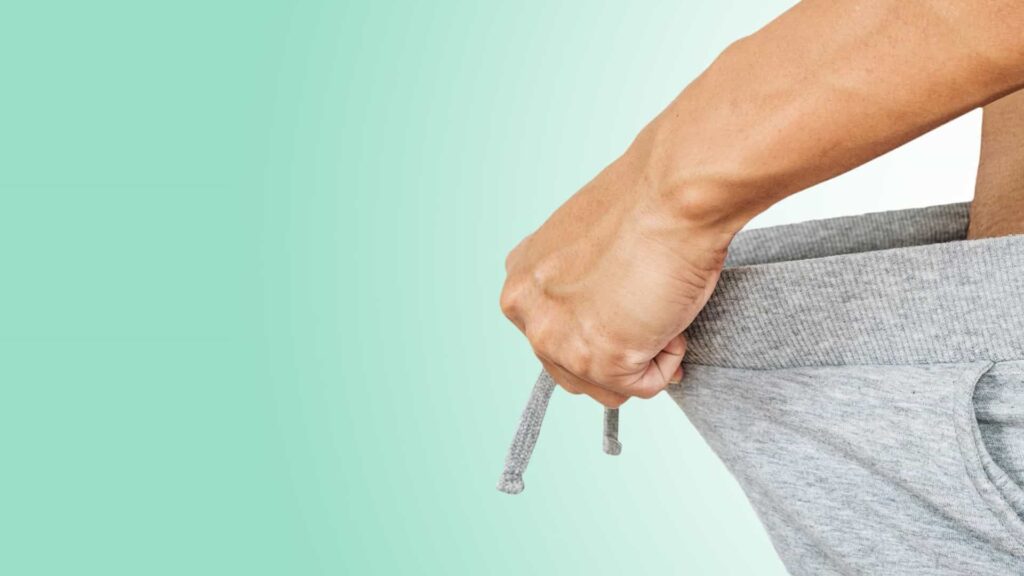
Do you have small spots or dots around the penis or on the head of the penis? The red spot is a signal for many infections and skin conditions which sometimes can affect the penis skin. This is one of the things that always raise an alarm that so much will be of concern to a couple.
For most of the causes to be determined, an examination by a specialized health care provider should be key. These include the following.
Irritants
The tenderness of penile skin is one of the sensitive issues that that show why the genital area requires much care.
Small spots on the skin can indicate a skin rash. There are many reasons which account for rashes on the skin, which is why it is emphasized that you go for an examination.
Like other genital infections, a rash can start showing up at any time of the season or stage of human development. Be it during the summer, winter or puberty.
One of the most concerns when it comes to this is a skin irritant. Skin irritants can present these spots in the form of an allergy or reaction by the body’s immune system. Common suspected irritants include creams, poor synthetic underwear, lubricants or products made from latex.
IMPORTANT: Inform your healthcare provider if you suspect any creams (OTC or prescribed) for infections cause such problems
Inflammation of the penis glans
Inflammation is susceptible to redness with tiny spots. Causes for inflammation can be wide: certain infections, irritants, physical trauma, etc.
Dark spots penis head – Could it be penile Melanosis?
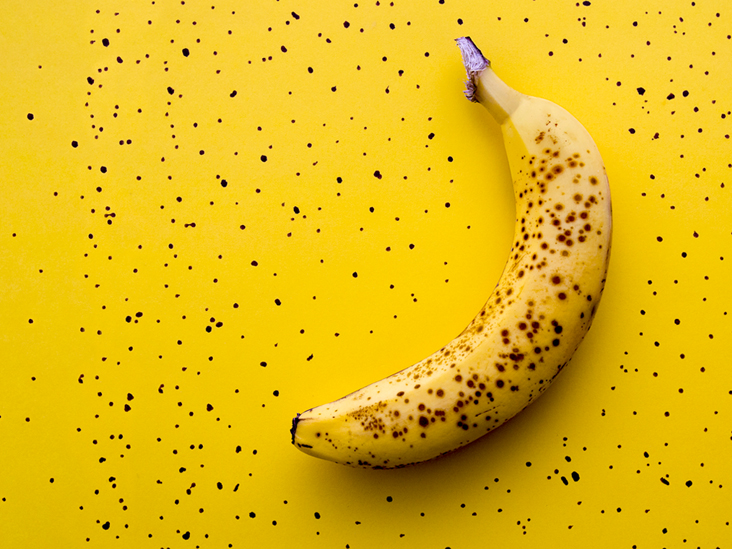
I have a dark brown mark from hemosiderin on the side of my penis from gripping too hard during masturbation and it’s been there for over a year. Help?
According to the National Center for Biotechnology Information, penile melanosis is an uncommon benign primary disorder in skin pigmentation affecting the penile shaft and/or glans.
The condition, as described can be observed with lesions of macular hyperpigmentation (i.e. consisting of distinct or irregularly pigmented dark, brown or black spots or spots which may be identified under cell study).
- Penile melanosis spots or macules are oval-shaped brown to black or flat patch
- They are frequently occurring in multiple.
- They rarely turn or develop into other painful forms
- Small in size whose spots measure about 1 cm across
In most cases, identifying the spots on the penis is done by a professional to rule out the wrong presentation of serious skin conditions like melanoma or side effects of certain drugs.
Genital lentigines affect males from all the ethnicities across all age groups.
- Other terms: Penile melanotic macule, Lentiginosis or genital lentigines
Related skin problems affecting the penis
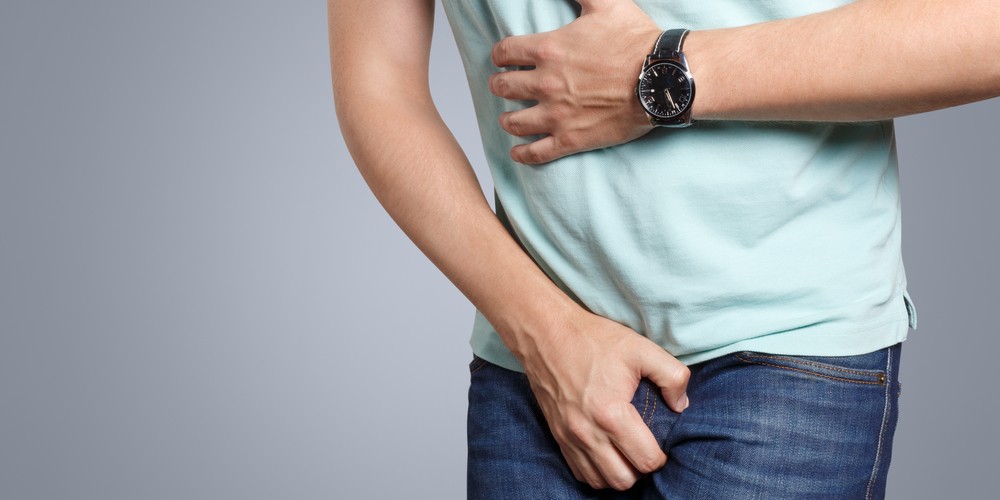
These problems may comprise raised skin spots or bumps most of which should be subject to medical examination or diagnosis – such as the ones listed below.
- Eczema or penile dermatitis
- Scabies or infestation of mites
- Pearly penile papules (PPPs)
- Warts
- Molluscum contagiosum
- Skin tags
- Lymphocytes
Best things to do or not if you have spots on the penis
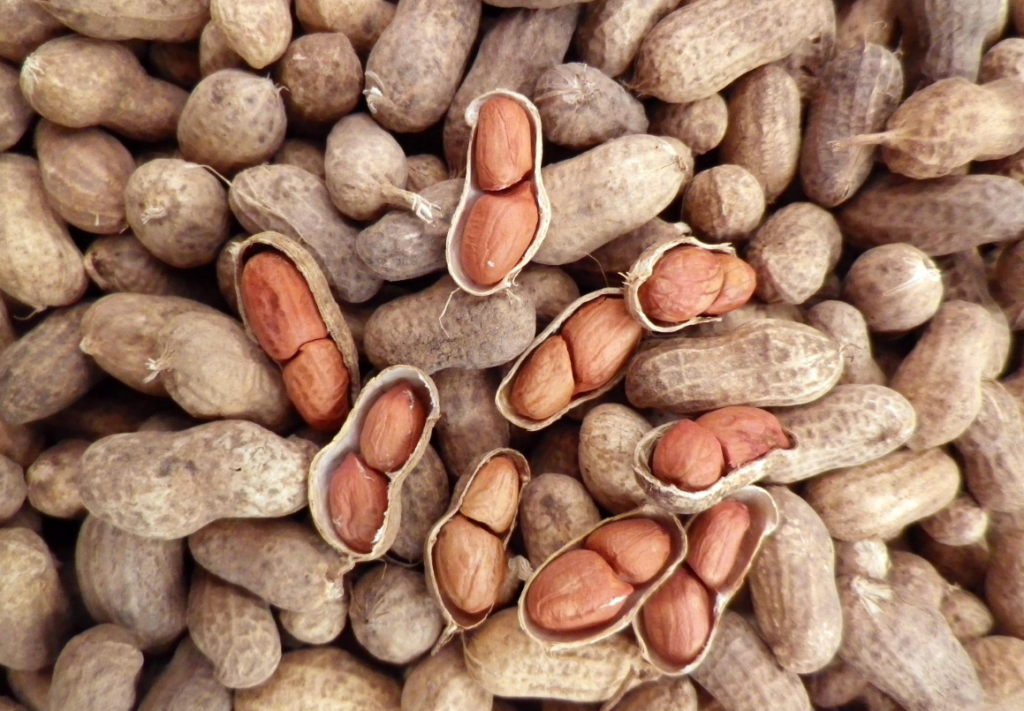
The following are some of the general safety guidelines for spots on the penis head, glans or shaft.
- Consider getting circumcised because if you are not circumcised you can have problems to keep up the hygiene of the genital area
- If you have been diagnosed of yeast infection or candida overgrowth, it is a good idea to keep an eye on the food types for your diets
- Stop sexual activities in case of any unusual problems or discomfort
- Certain foods promote the growth of candida which can cause difficulties while trying to get control of yeast activities in various body parts or systems
- Foods that you should put a limit on intake include peanuts, most cheeses, and alcoholic sweet beverages, pizza, vinegar, sodas, pretzels, yeast dough and such.
- Find sources of omega-3 and omega-6 fatty acids. These include fish and nuts. These re ideal as much as inflammation of the skin is a crucial factor in fighting infections or inflammatory conditions
- Avoid as much saturated fat foods as possible. Even though, do not eliminate all of these foods (go for less-saturated fats instead) for health reasons
The best medical advice would be to see a physician for proper examination and treatment where possible and when necessary.
